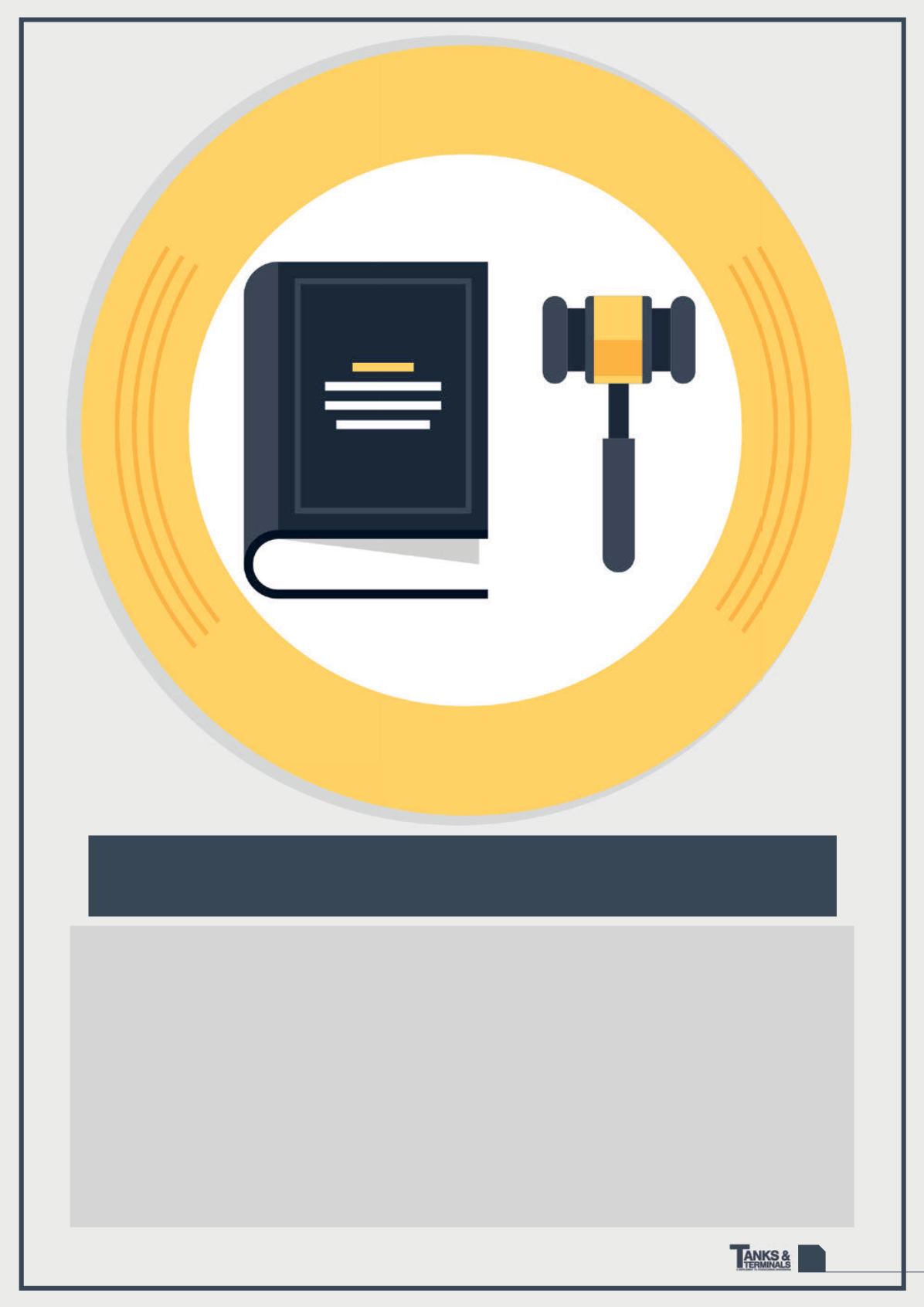
43
HYDROCARBON
ENGINEERING
T
ank overfill incidents, in recent years, have resulted
in loss of life and billions of dollars in damages to
petroleum facilities worldwide. One of the worst
incidents, the overflow of a gasoline storage tank at
the Buncefield oil depot, UK, has been traced to the failure of
level control to maintain containment of the flammable
liquid. The resulting explosions caused the largest fire in
Europe since World War II and brought an aggressive focus on
overfill prevention at a global scale.
In the wake of this incident, both the Major Incident
Investigation Board (MIIB) and the American Petroleum
Institute (API) updated their recommendations, based on the
findings of Buncefield investigations (it was found that a
combination of electro-mechanical servo gauges and a failure
of the high level switch combined to allow the overfill event).
The updated recommendations in the MIIB’s Buncefield
Report and the API Recommended Practice (RP) 2350 are
similar in organisation and are wide ranging in topics, from
coverage of systematic assessments of SIL requirements to
creating a culture where high performance and leadership are
valued and nurtured.
Widely accepted guidelines such as these provide an
essential framework for overfill prevention of petroleum
storage tanks and, indeed, companies commonly integrate
these guidelines into their own corporate safety protocols to
leverage industry knowledge and best practice. As part of
continued safety improvements, and to provide verification of
systems defined as critical to the safety of its storage tank
inventory, one major oil company contracted with Letico Inc.
to review current operating practices. A key driver of the
Kenny Heidel, Magnetrol International, UK,
explains how companies
that lean on industrial recommendations and technology solutions can
improve tank overfill prevention protocols.
I
M
P
R
O
V
I
N
G
P
R
O
T
O
C
O
L


